Turn back the hands of time and reveal luminously younger-looking skin with the power of retinol! This vitamin A derivative is an anti-aging superstar celebrated by dermatologists for its proven ability to reduce the appearance of fine lines, wrinkles, uneven texture, and loss of firmness. By accelerating cell turnover, retinol unveils fresh new skin while ramping up collagen production to restore plumpness and elasticity.
However, unlocking retinol’s potency demands a judicious approach. Used incorrectly, irritation, peeling, dryness, and redness may occur due to retinol’s impact on the skin’s renewal process. Follow our comprehensive guide with care to harness retinol’s brilliance safely and effectively. We’ll explore techniques like buffering and smart complementing products to pave the way for smooth, radiant skin.

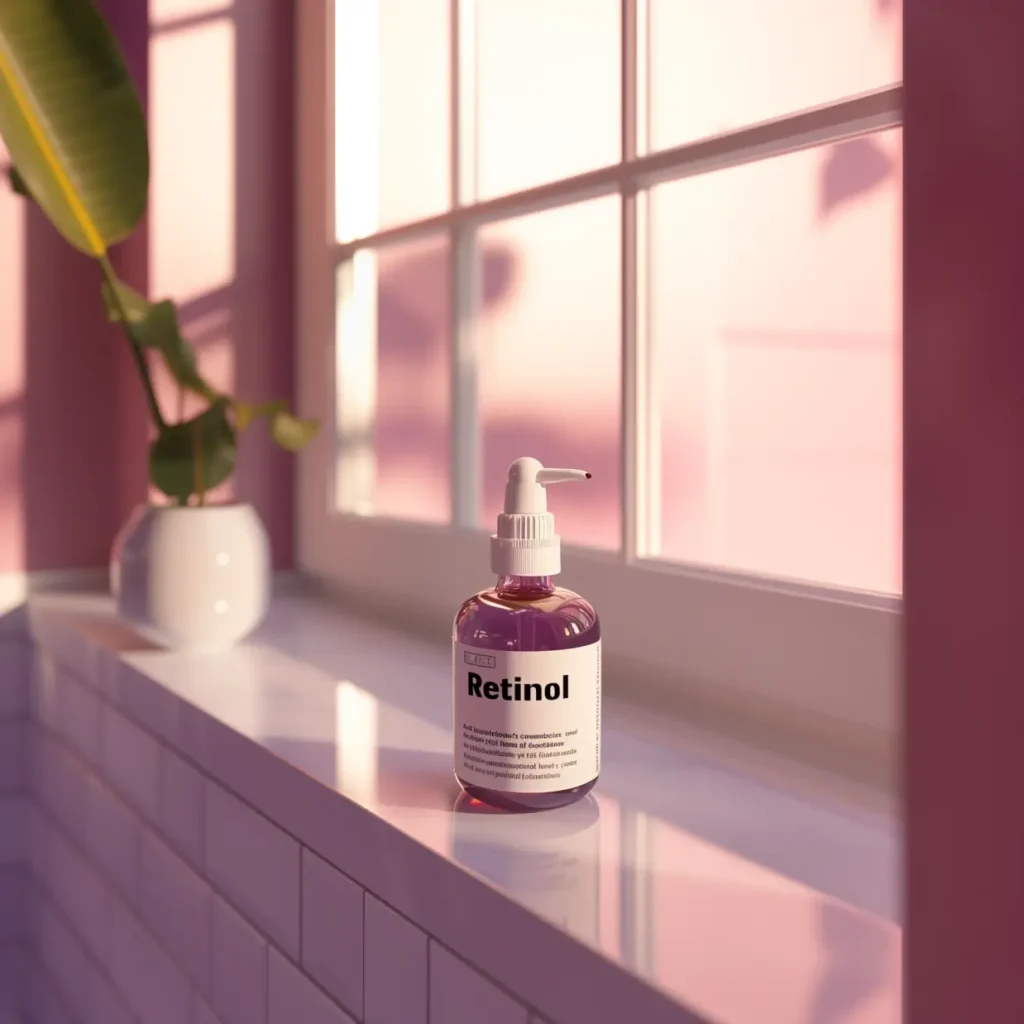
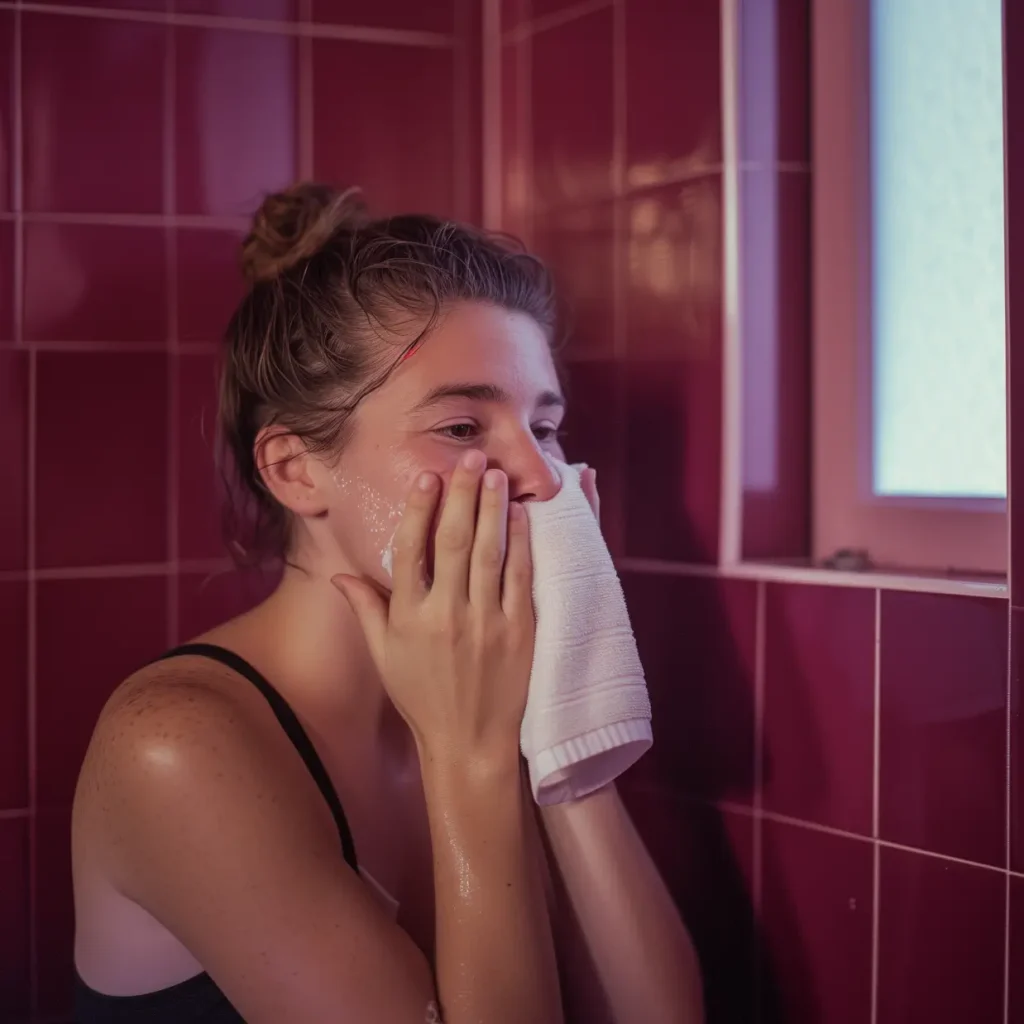
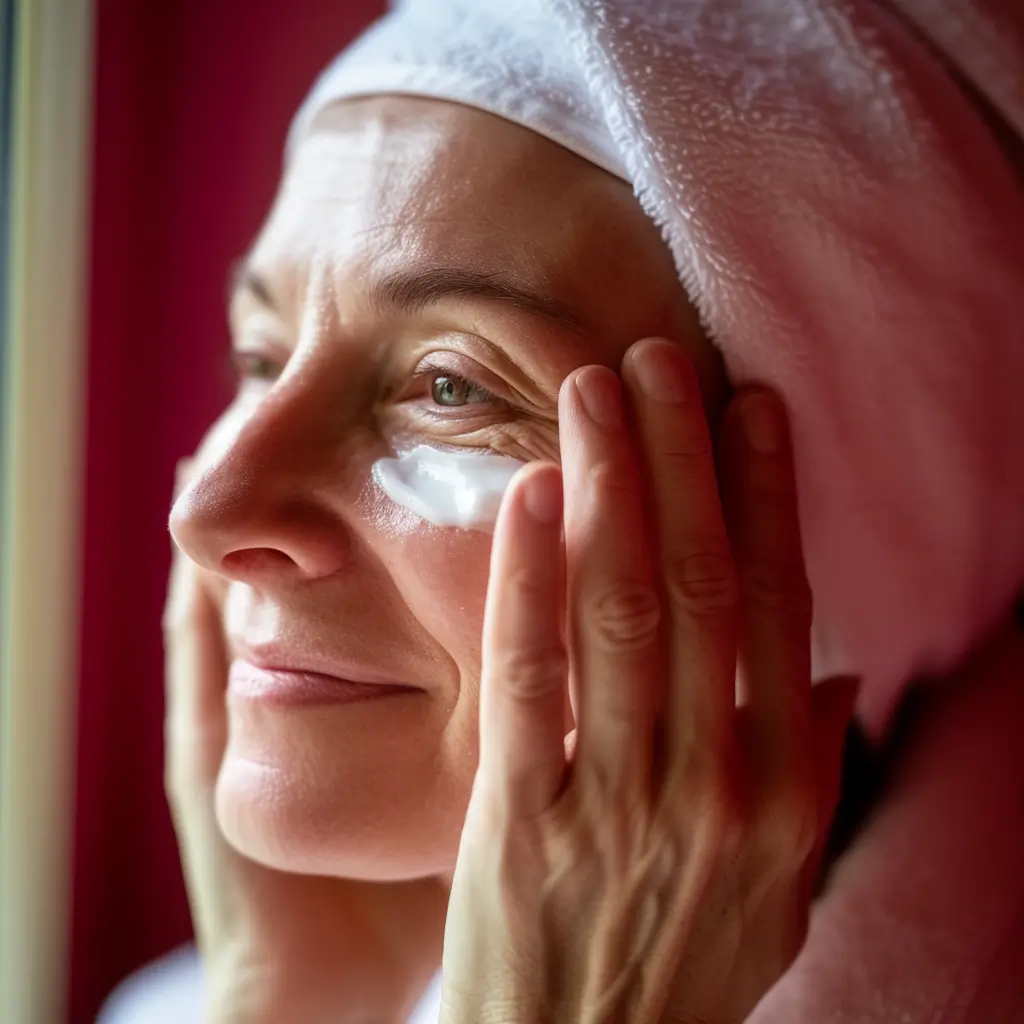



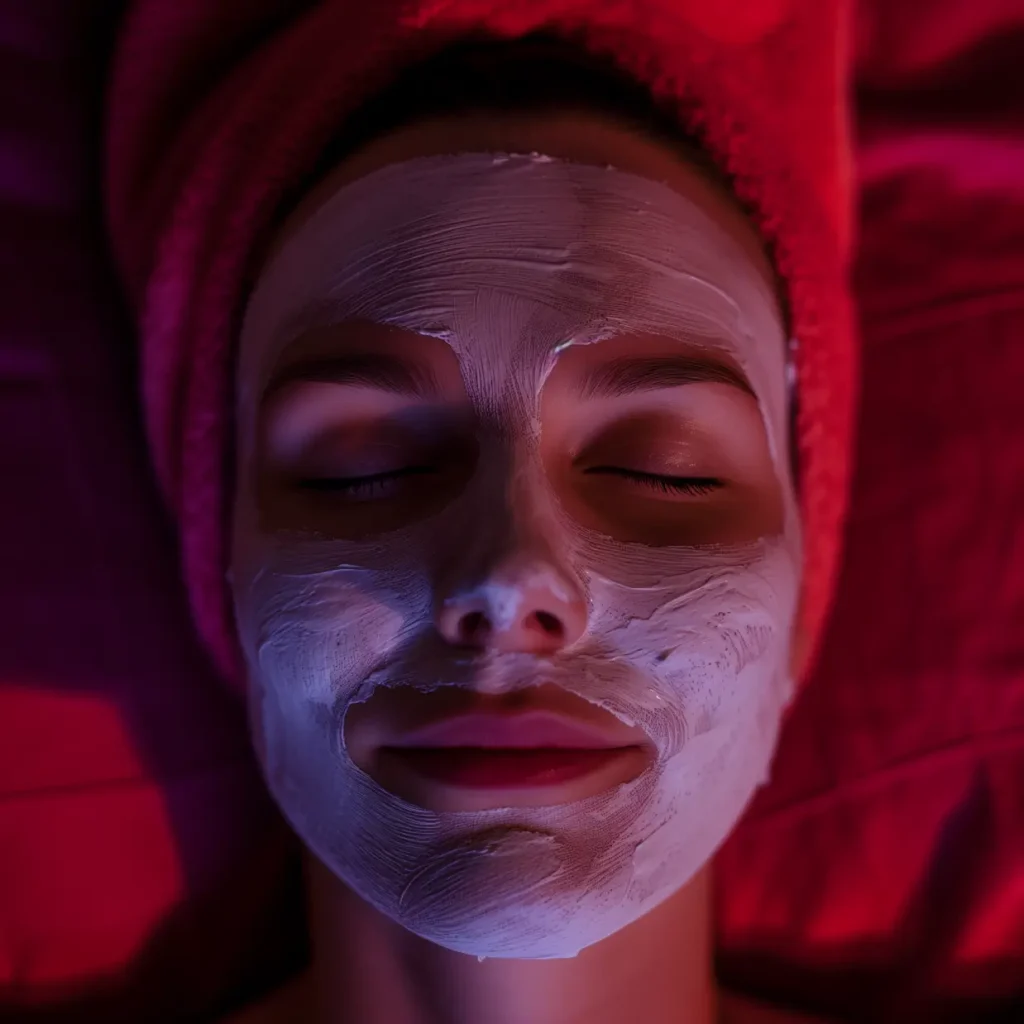
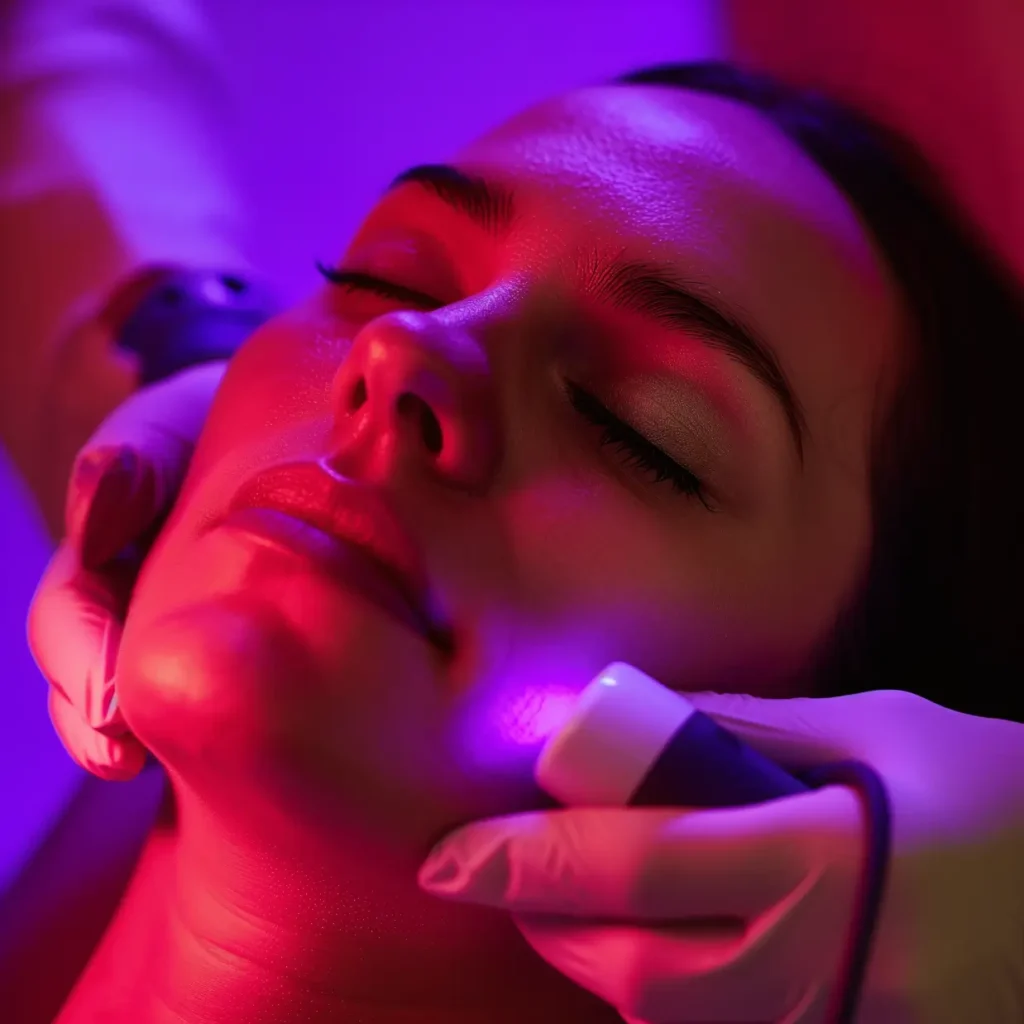



8 Responses
What percentage retinol should I start with?
For those new to vitamin A, dermatologists recommend starting with an over-the-counter formula containing 0.025% to 0.1% retinol applied just 2-3 nights weekly. Monitor skin’s reaction for several weeks, scaling up frequency and potentially concentration very gradually if well-tolerated.
How long does retinol take to improve skin?
Patience pays off with retinol! Allow 6-12 weeks of consistent application before anticipating visible changes like smoother texture, reduced fine lines and enhanced radiance and firmness. Continued use over months and years creates progressively better skin clarity and tone.
Can I use other anti-aging products with retinol?
Once skin acclimates to retinol after a few weeks, you can start carefully incorporating additional treatments like vitamin C, alpha hydroxy acids or gentle chemical exfoliants. Observe closely for increased redness, dryness or sensitivity and pull back on combining if any irritation results.
Q. Why is my skin flaky and peeling with retinol use?
A. Dryness, flaking, peeling and irritation may happen as skin adjusts to increasing cell turnover. Scaling back frequency of retinol use gives skin recovery time. Additionally, ensure you cleanse gently then apply retinol to fully dry skin followed by a rich, hydrating moisturizer to provide comfort.
How do I know if my skin cannot tolerate retinol?
Signs of retinol intolerance include severe or lasting redness, dry patches, stinging/burning and increased sensitivity. Discontinue use if experiencing pronounced irritation and seek skincare professional guidance to explore potential alternative treatments.